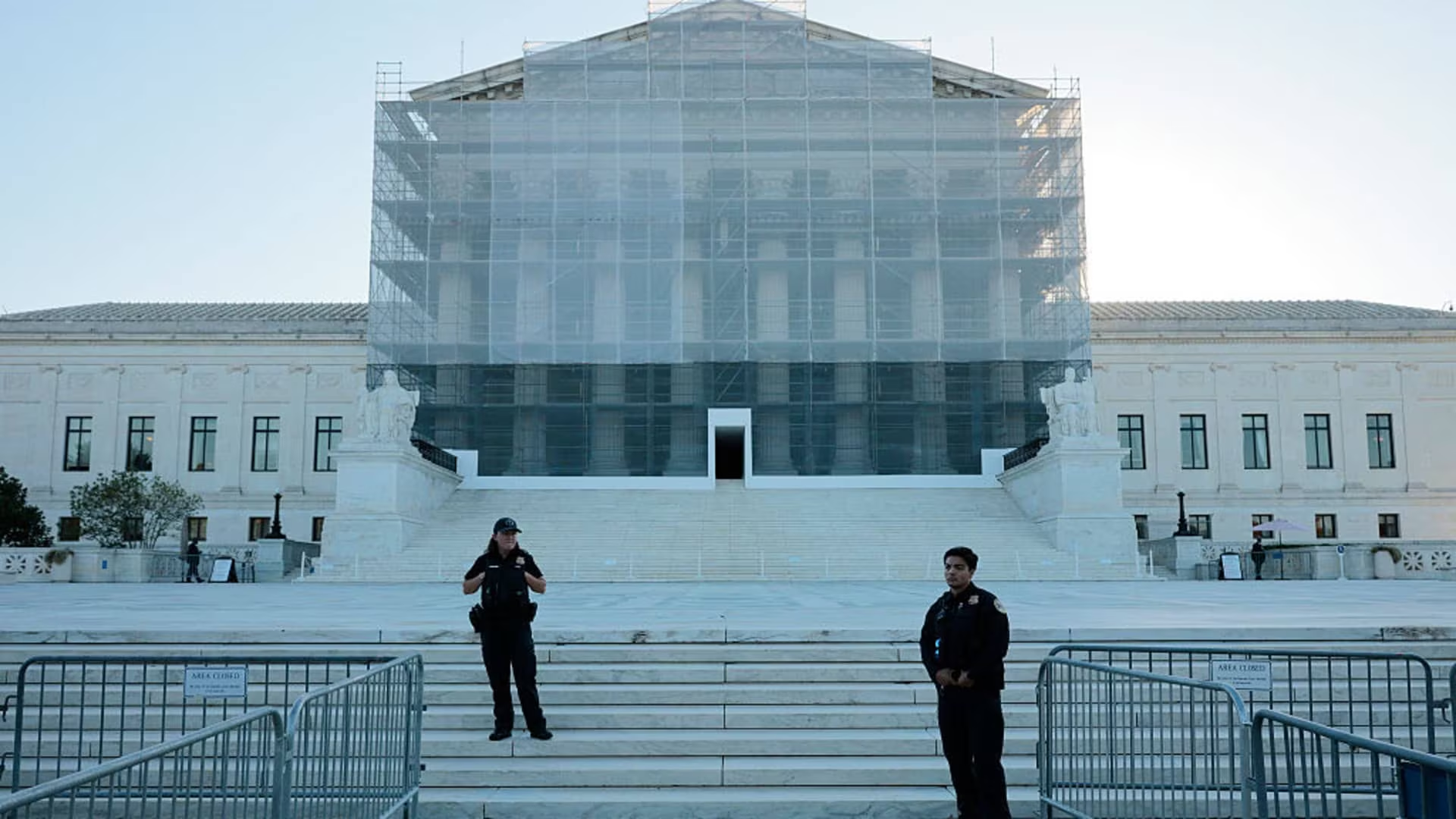Federal Court Affirms Full SNAP Benefits for 42 Million Americans
A federal appeals court in Boston has definitively rejected a renewed attempt by the Trump administration to halt a lower court order mandating the payment of full emergency allotments to recipients of the Supplemental Nutrition Assistance Program (SNAP). This ruling, issued late Sunday by the First Circuit Court of Appeals, marks the second time the court has denied the administration’s request, ensuring that the enhanced benefits continue to reach approximately 42 million Americans.
The decision solidifies a significant legal victory for low-income families and advocates, upholding the principle that the administration must maximize benefits under the emergency provisions established during the public health crisis. The ruling prevents the federal government from reverting to a payment structure that would have resulted in substantial cuts for millions of households relying on the program, often referred to as food stamps.
The Core Legal Dispute: Emergency Allotments vs. Standard Payments
This protracted legal battle centers on the interpretation of federal legislation enacted to provide financial relief during the public health emergency. Specifically, the dispute revolves around how the U.S. Department of Agriculture (USDA), which oversees SNAP, calculates the emergency allotments.
Understanding the Two Payment Structures
SNAP benefits are typically calculated based on a household’s size and income. However, under the emergency provisions, Congress authorized additional payments. The key disagreement was over who qualified for the maximum benefit:
- Administration’s Interpretation: The Trump administration argued that the emergency allotments should only bring a household’s total benefit up to the maximum allowable amount for their size. If a household was already receiving near-maximum benefits, they would receive a minimal or zero increase.
- Advocates’ Interpretation (Upheld by Courts): Advocates argued that the intent of the emergency legislation was to provide a minimum additional payment to all recipients, ensuring every household received the maximum benefit for their size, regardless of their pre-existing benefit level. This interpretation meant even households already near the maximum would receive a significant boost.
The lower court judge’s original order, now upheld by the First Circuit, required the USDA to implement the advocates’ interpretation, ensuring that all 42 million recipients received the maximum possible benefit for their household size.

A History of Legal Challenges
The administration’s appeal to the First Circuit was an attempt to delay or overturn the lower court’s injunction. This was the second time the appeals court had been asked to intervene, demonstrating the high stakes and the administration’s commitment to challenging the interpretation of the emergency funding.
In its latest filing, the administration argued that the lower court’s order imposed an undue burden on states responsible for administering the benefits and that the interpretation of the law was incorrect. However, the appeals court found that the administration failed to meet the high legal standard required to justify blocking the injunction while the full appeal process continued.
The appeals court ruling effectively stated that the administration had not demonstrated a sufficient likelihood of success on the merits of its appeal, nor had it proven that the injunction would cause irreparable harm that outweighed the harm to the millions of beneficiaries who rely on these funds for basic nutrition.
This consistent rejection reinforces the legal consensus that the intent of the emergency legislation was to provide broad, substantial relief to all SNAP recipients during a period of national crisis.
Impact on Recipients and Program Stability
For the 42 million individuals and families currently relying on SNAP, the court’s decision provides immediate financial stability and certainty. The continuation of the full emergency allotments translates directly into increased purchasing power for groceries, a critical factor as food prices remain volatile.
What the Ruling Means for SNAP Households
- Guaranteed Maximum Benefit: All eligible households will continue to receive the maximum SNAP benefit amount allowed for their size, regardless of their standard monthly allotment.
- Financial Certainty: The ruling removes the immediate threat of a sudden reduction in benefits that would have occurred had the administration’s appeal been successful.
- Economic Stability: Enhanced SNAP benefits are widely recognized by economists as one of the most effective forms of stimulus, as the funds are spent quickly on essential goods, supporting local grocery stores and the broader food supply chain.

The legal precedent set by the First Circuit’s repeated rejection of the administration’s attempts solidifies the judicial interpretation of the emergency provisions, potentially influencing future federal welfare program implementation.
Key Takeaways: The Final Word on Full Payments
This ruling concludes a significant chapter in the legal fight over federal nutrition assistance, providing clarity for recipients and state administrators alike. The most crucial points for the public are:
- Full Payments Upheld: The First Circuit Court of Appeals rejected the Trump administration’s second attempt to block the order requiring full emergency SNAP allotments.
- 42 Million Beneficiaries: This decision directly impacts approximately 42 million Americans, ensuring they continue to receive the maximum benefit for their household size.
- Legal Precedent: The ruling reinforces the interpretation that emergency legislation intended to provide substantial, broad-based relief, not merely to top up benefits for those already receiving low payments.
- Immediate Stability: Recipients can be assured that their current, enhanced benefit levels are legally protected against this specific challenge.
Conclusion: Prioritizing Food Security
The appeals court’s decision is a powerful affirmation of the importance of federal nutrition assistance during times of economic distress. By upholding the lower court’s order, the First Circuit has prioritized the food security of millions of vulnerable Americans over the administrative and budgetary arguments put forth by the administration.
While the specific emergency provisions related to the public health crisis may eventually sunset, this legal outcome serves as a critical reminder of the judicial role in ensuring that legislative intent—especially concerning essential human needs—is properly executed by federal agencies. The focus now shifts to state agencies to ensure the smooth, continuous delivery of these vital funds.

Original author: Dan Mangan
Originally published: November 10, 2025
Editorial note: Our team reviewed and enhanced this coverage with AI-assisted tools and human editing to add helpful context while preserving verified facts and quotations from the original source.
We encourage you to consult the publisher above for the complete report and to reach out if you spot inaccuracies or compliance concerns.

